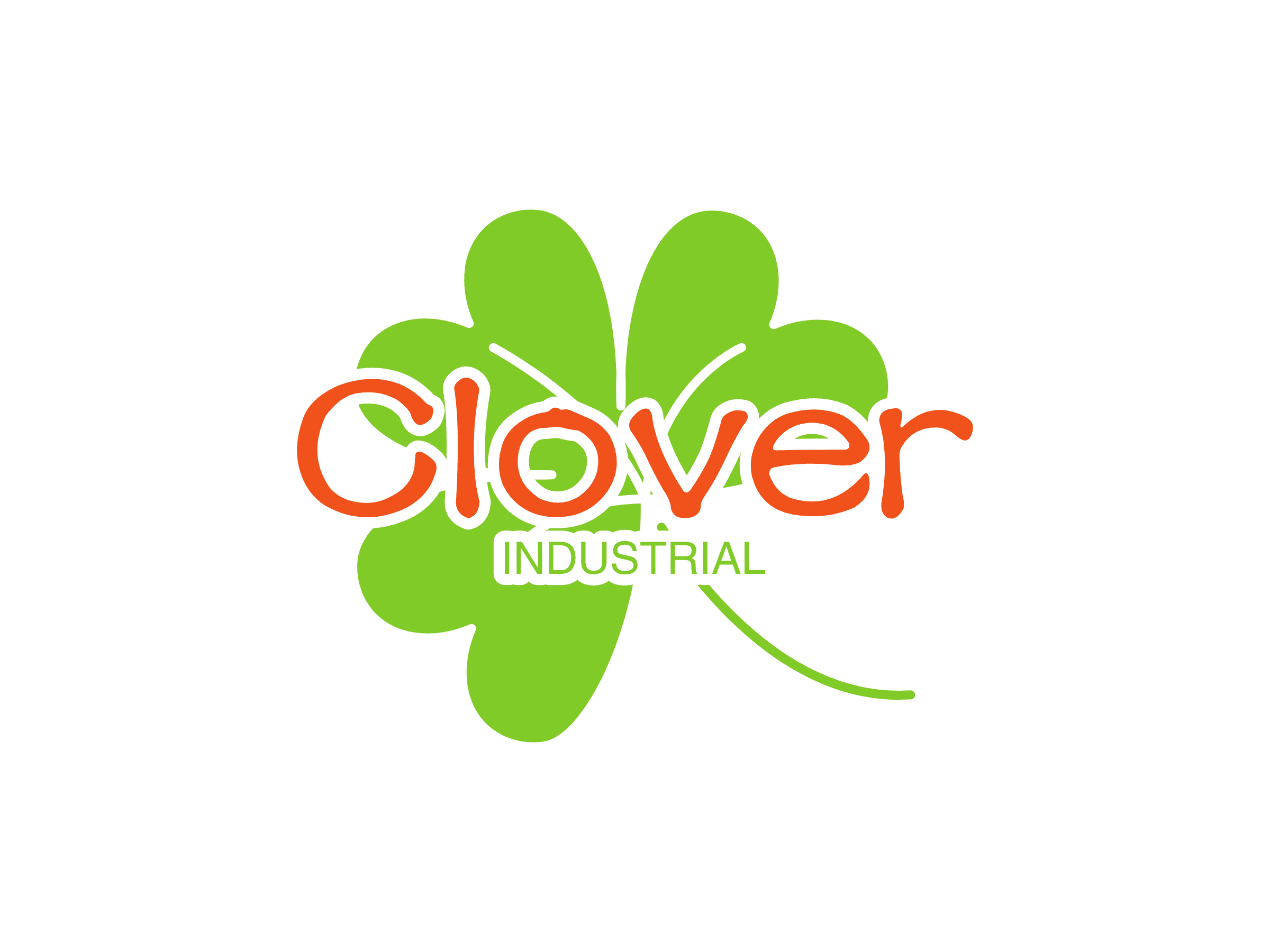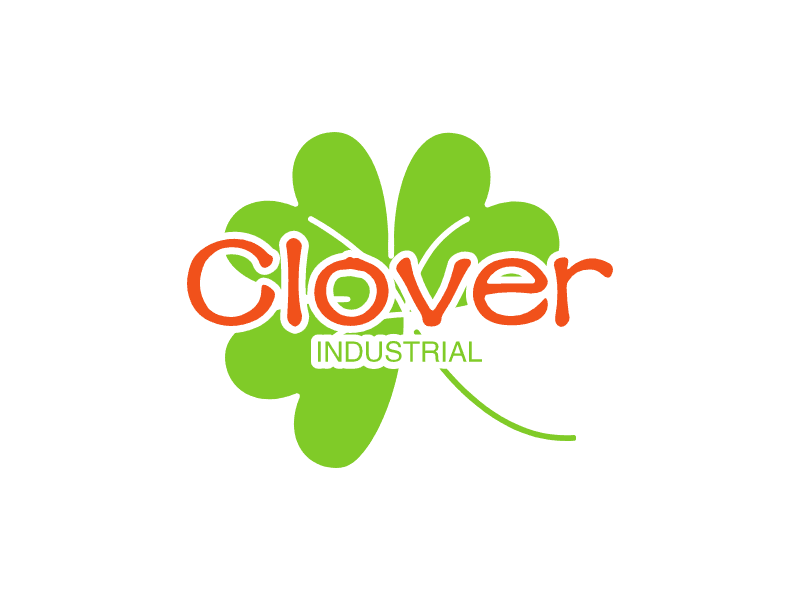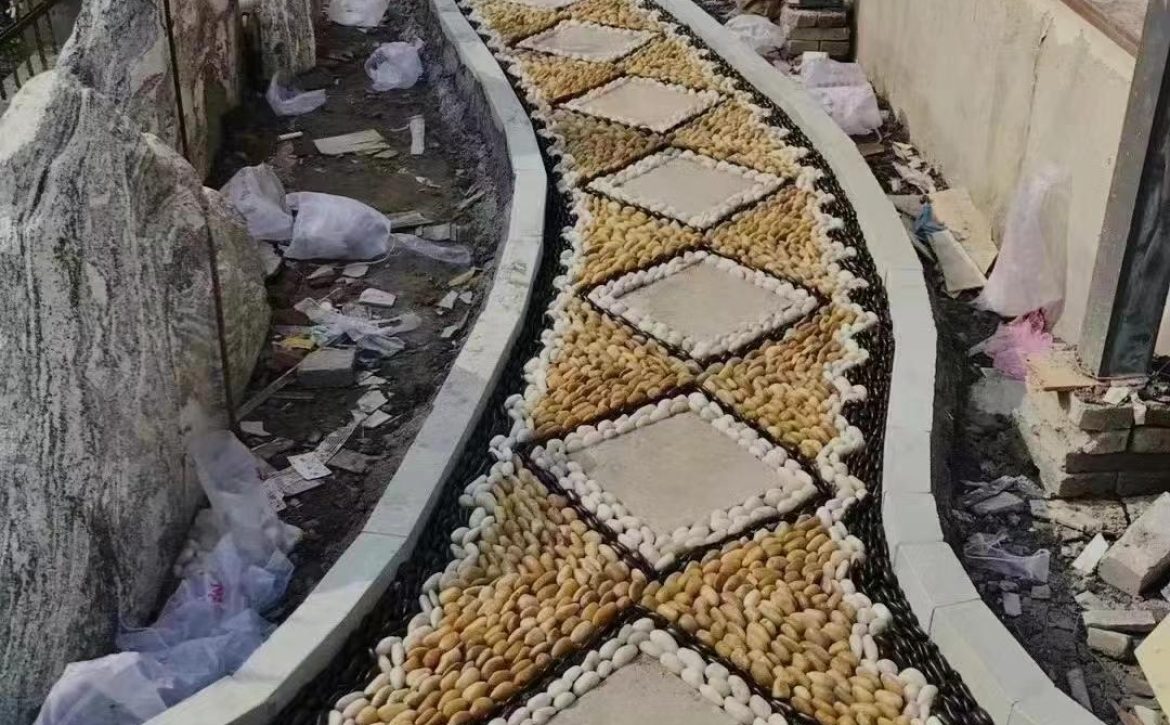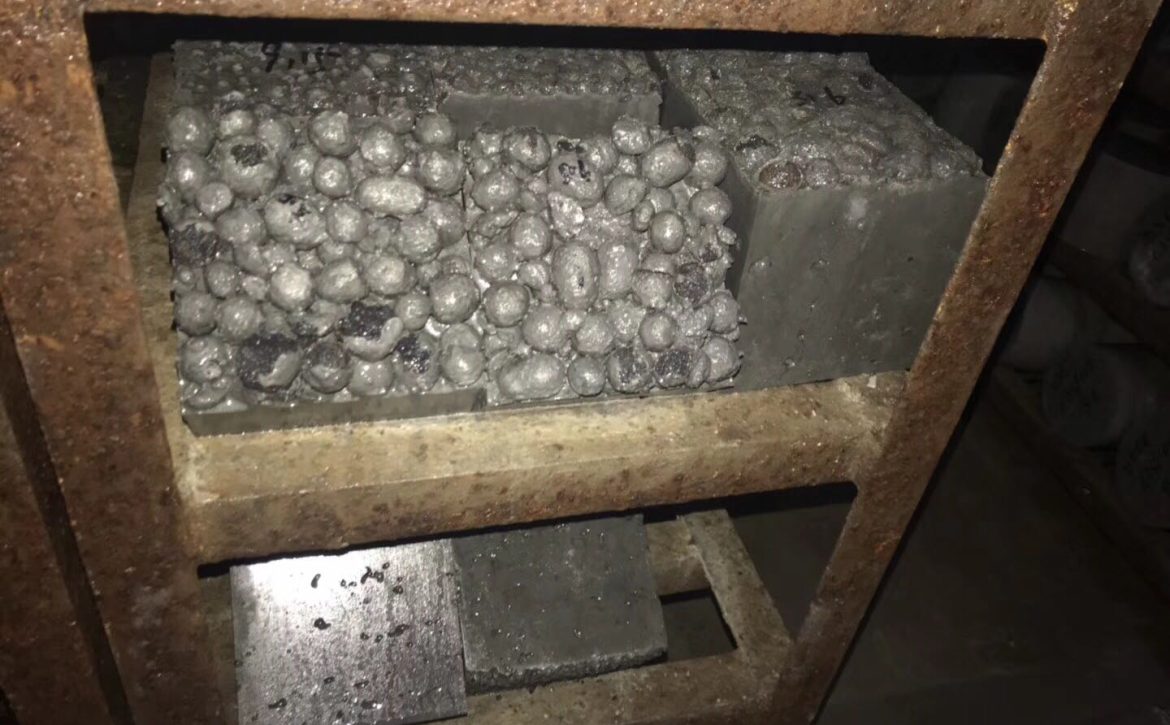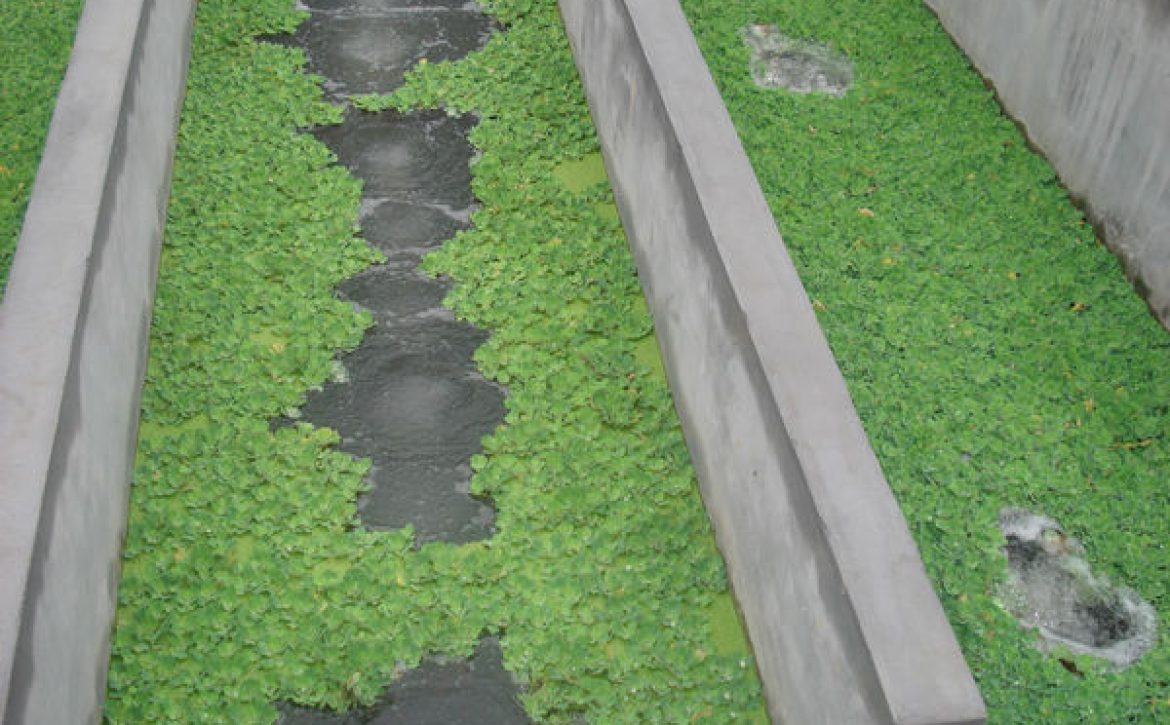Pebbles Polished Gravel, Natural Polished Mixed Color Stones, Small Decorative River Rock Stones

Natural Stones: This river rocks are natural lightly polished for smooth effect, comes in a variety of natural colors, Resists fading for long-lasting beauty. The color of this river rock is natural so it may include a variety of different shades of browns, whites and black rocks. (rocks are natural and as a result some may be broken or out of shape, oval or round, thick or thin.
An alternative to mulch: Use indoors or outdoors,Pebble mulch in interior or exterior garden beds, provides good drainage, round and soft easy on the feet as there are no sharp edges.
Add an extra beautiful: in flower arrangements, walkways, water features, exposed aggregate flooring or walls, around swimming pools it could also be used to as an accent to an aquariums, water gardens, ponds, and terrariums.
Add an extra beauty in your garden or just outside your house. This is a perfect home decor and a creative interior and exterior design ,helps you keep clean and nice all of your decoration places.
Polished gravel: An alternative to mulch. Use indoors or outdoors. Our decorative pebbles are gently tumbled and feature a wide variety of colors and shapes.They are long lasting and will not deteriorate like mulch does. Pebbles are polished and coated in pure paraffin wax to enhance color and shine. Available in mixed color.

